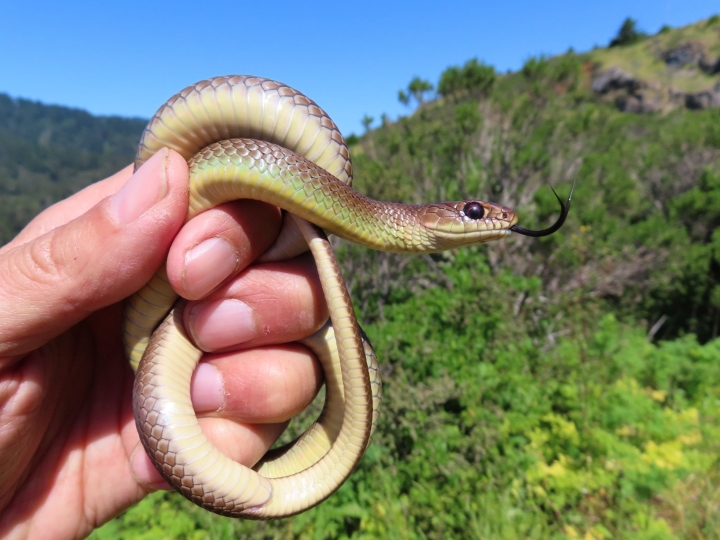SANTA CRUZ MOUNTAINS
How about one last trip through the Santa Cruz Mountains to see what we can find?
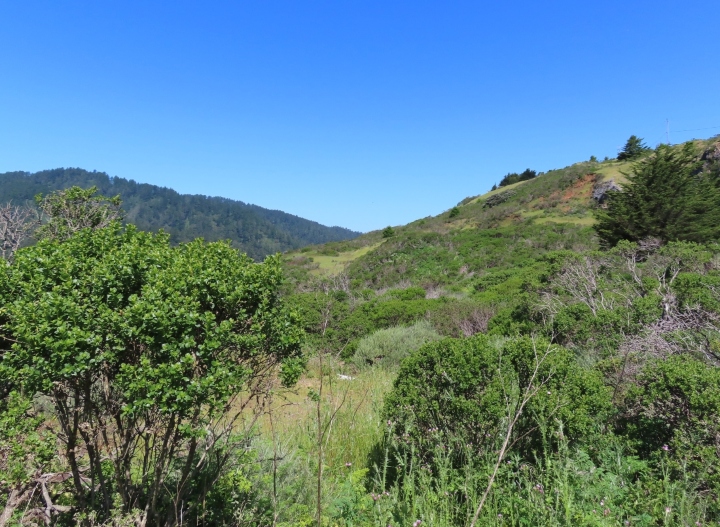
Sierran Treefrog - The name “treefrog” is not entirely accurate. This frog is chiefly a ground-dweller, living among shrubs and grass typically near water, but occasionally it can also be found climbing high in vegetation.
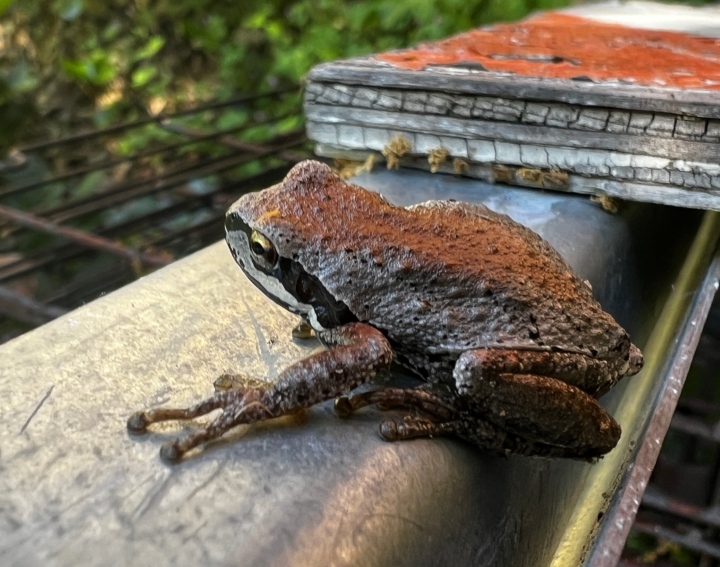
Banana Slug - Not only are they colorful, but they are the second largest terrestrial slug in the world, growing up to nearly 10 inches.

My second California Kingsnake of the trip. These reptiles are powerful constrictors that eat a wide variety of prey, including venomous snakes.
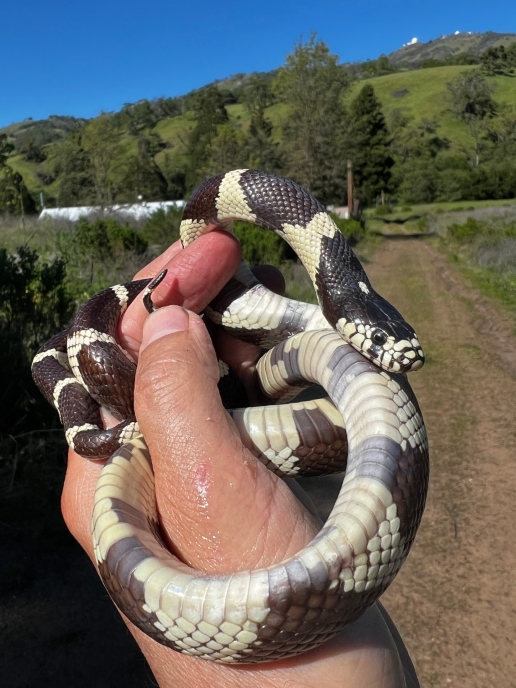
Probably the best looking Coast Garter Snake of the trip.
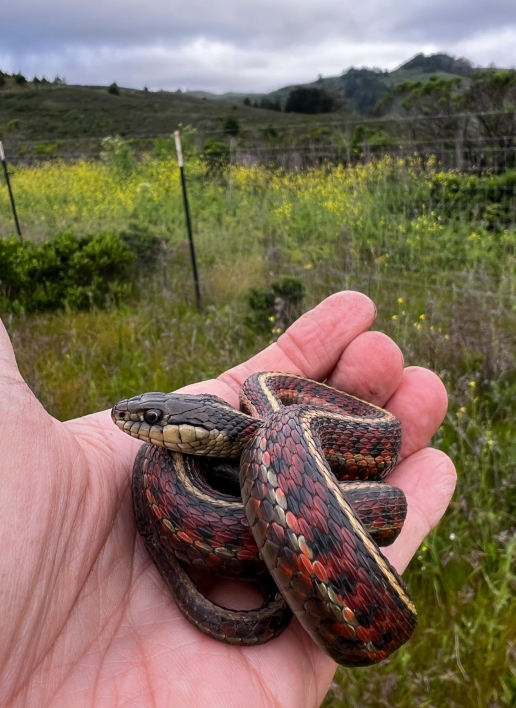
Southern Alligator Lizard - The common name “alligator lizard” is a reference to the fact that the back and belly scales of these lizards are reinforced by bone, as they are in alligators.
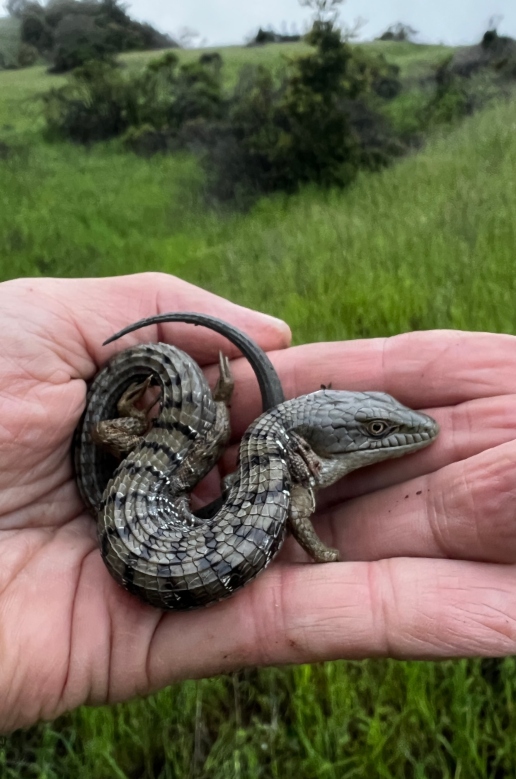
Yellow-eyed Ensatina - These amphibians eat a wide variety of invertebrates, including worms, ants, beetles, spiders, scorpions, centipedes, millipedes, sow bugs and snails. They tend to catch their food with their sticky tongue, like a toad does.
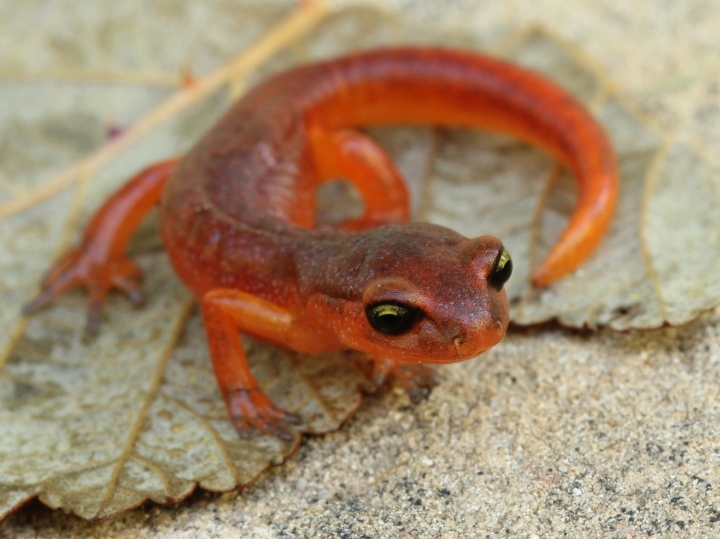
The Jerusalem Cricket is impressive. Many people are startled when they see a one; it is a large insect. The creature’s odd physical appearance has been cause for fear and superstition and it has been given a variety of monikers.
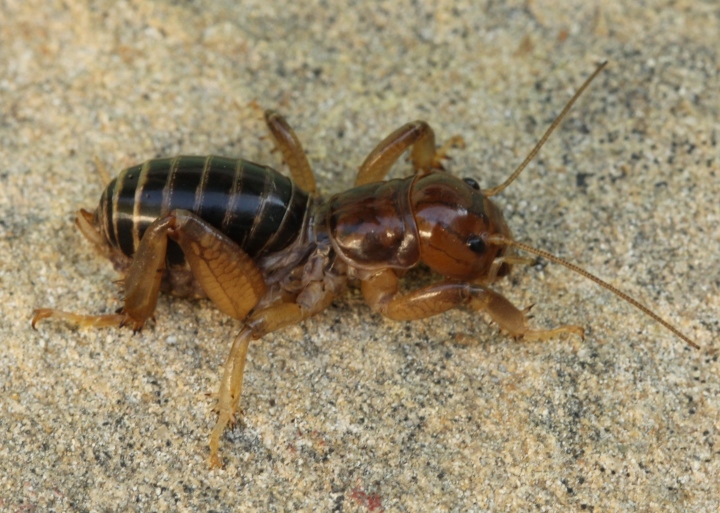
When most people hear the word “boa” they think of a tropical serpent of gigantic proportions. But not only is the Rubber Boa the most northerly-occurring member of the boa and python family, it also is rather small, never getting to 3 feet in length.
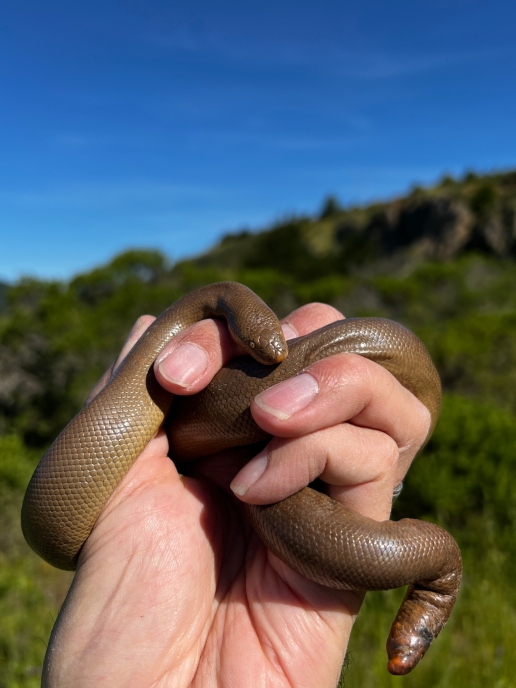
Adult Coast Range Fence Lizards measure about six inches in total length. They seem to prefer elevated basking sites where they can keep an eye on their territory and watch for insects.
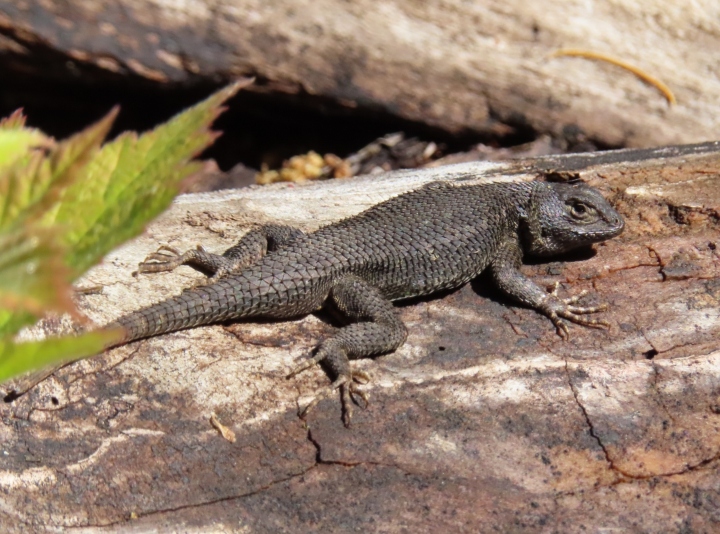
Pacific Gopher Snake - Although they can grow seven feet in length, most adults that I find are about half that size. I tend to find them in habitats such as meadows, fields and agricultural farmland; they are seldom found in dense forests.
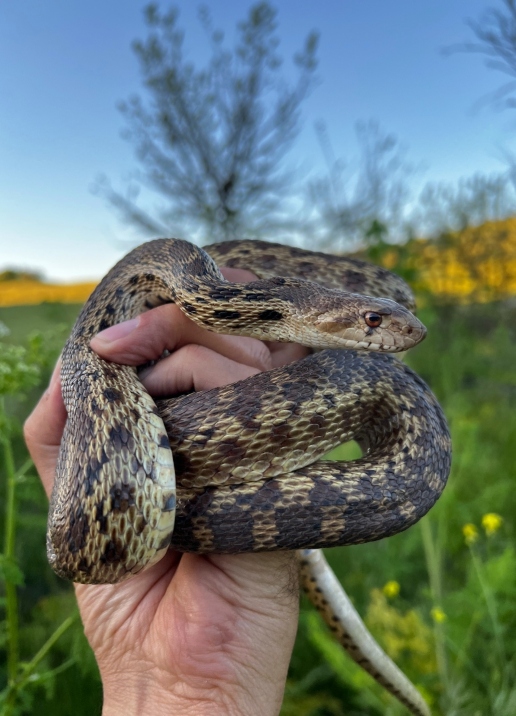
One of the most rare and elusive snakes in North America is the San Francisco Garter Snake. This was the second one seen on my trip. Adults feed primarily on California Red-legged Frogs, which are federally listed as “threatened.”
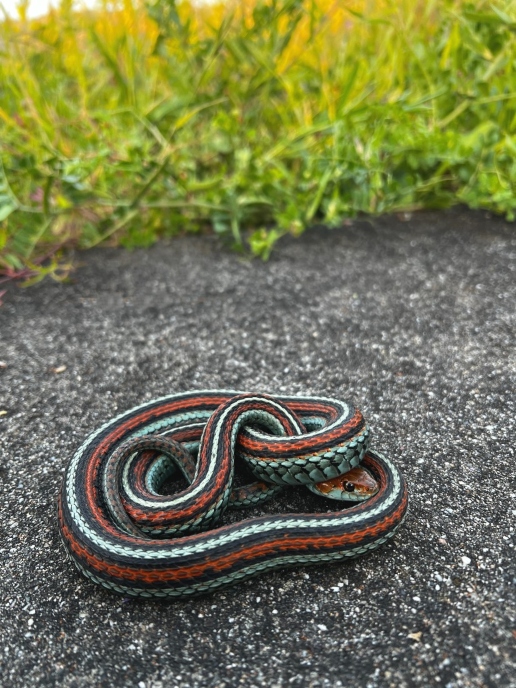
A very attractive Southern Alligator Lizard.
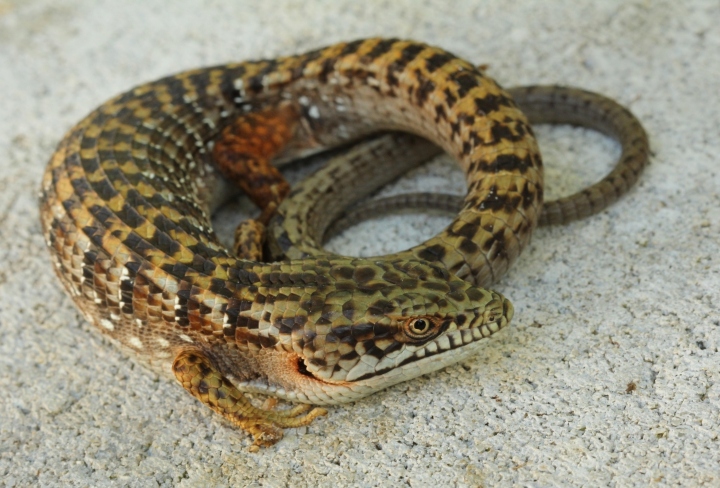
I found more than the usual number Western Yellow-belly Racers on this trip. This species is active by day and will take shelter under rocks, brush or in animal burrows if pursued. As the name implies, they can move very fast – especially through tall grass or brush.
